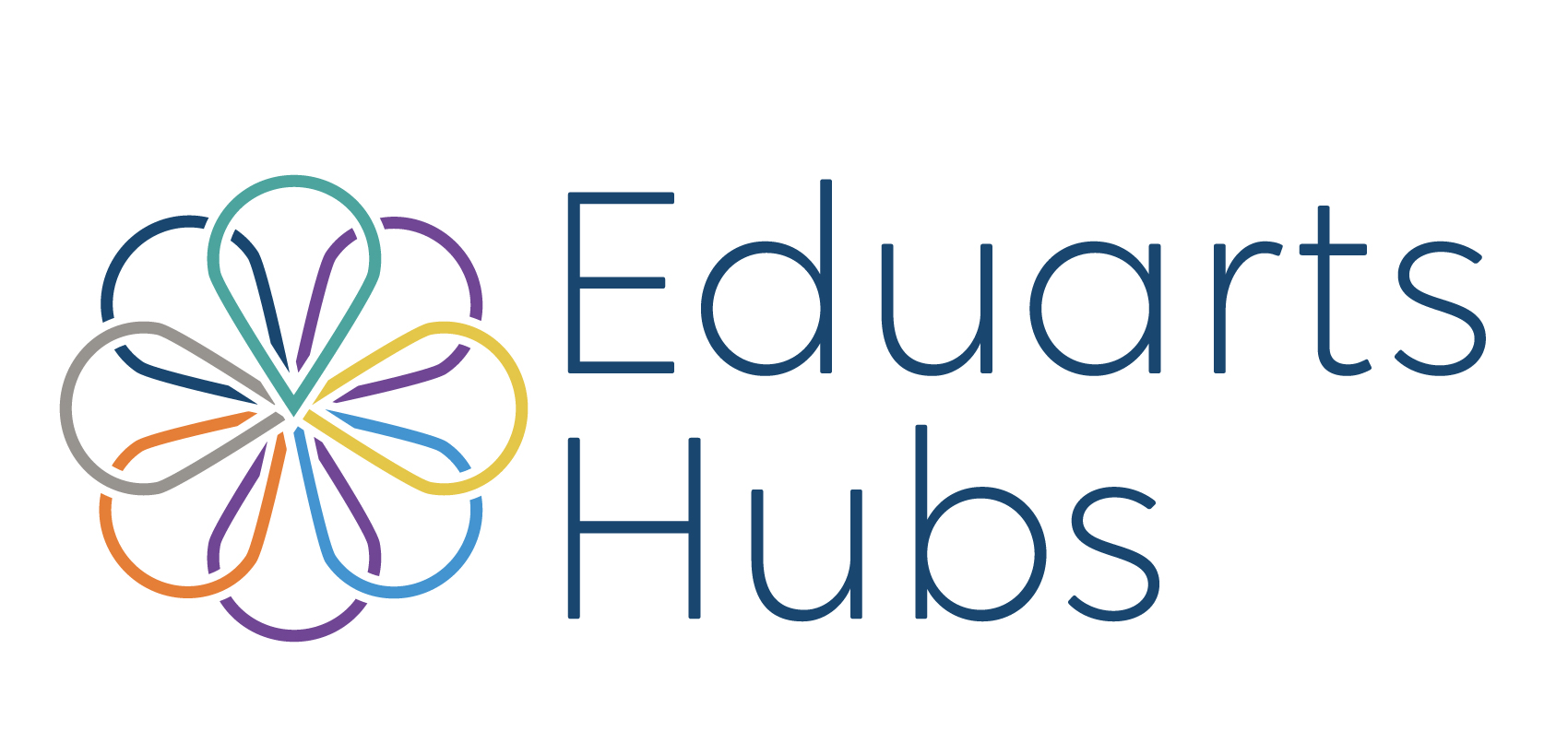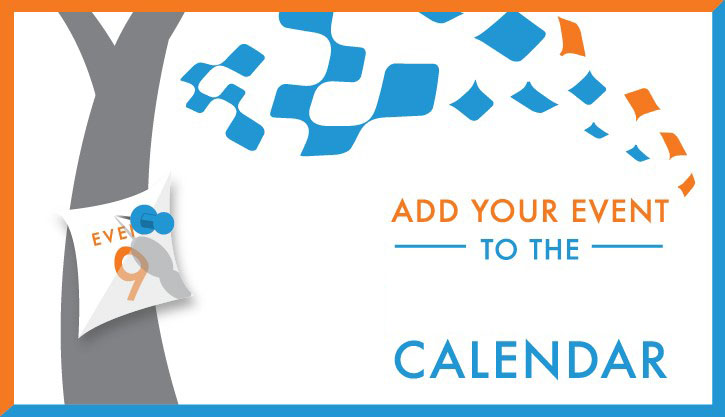
As another year begins, artists and educators are gearing up for a winter term of facilitating a wide variety of artistic learning and experiential opportunities. Whether it be in schools, arts organizations or community centers, Canadians of all ages and abilities will be exploring the world, and themselves, through arts and learning.
But what exactly are they learning, and how is that learning affecting them? Are the arts learning activities meeting their expectations? Exceeding their expectations? Are they learning what you intended, or are they taking away something completely different? How can you talk about these learning activities to your stakeholders and other potential students? If it’s a public course, how did they find out about it and will they talk about it with their friends, families and peers? What will they say?
Answering these questions is not only crucial to determining the effectiveness of the programming, but is also vital to the health of the organization offering the educational programs. Gaining a better understanding of learners’ experiences helps educators determine the effectiveness of the programming and can guide the organization and educators in better meeting the needs of their students, ultimately leading to higher quality arts and learning experiences.
In our research we found that arts and learning professionals throughout the sector understood the importance of assessing their programming, but felt there was very little guidance available to them. To meet this need, we created the Arts and Learning Assessment Handbook which takes administrators and educators through the assessment process.
Throughout the coming months, we’ll explore the guidance offered in the Arts and Learning Assessment Handbook with online discussions about various aspects of the document, including different types of assessments, how to assess, instruments to use when assessing (such as questionnaires, interviews and focus groups), how to share those findings with the public, funders and other interested parties, and more.
Whether you’re an artist, teacher, arts administrator or other educational professional offering artistic opportunities to the public, you’ll find the assessment techniques, activities and resources found throughout the handbook can be applied to a wide range of experiences, contexts and goals, and are accessible and relevant, no matter the level of your assessment experience.
The handbook is meant to be a “living document” and we look forward to further developing it with input from educators and administrators working in the field. We want to hear your thoughts and experiences as you work through the handbook and go through the assessment process. Please leave comments either on this blog or through our facebook page to keep the conversation going.
Want to get started now?
Assessment begins even before the first arts and learning session does. Planning is a crucial part of the process. If you haven’t already, take some time to go through the Arts and Learning Assessment Handbook. Once you are familiar with the material, fill out the chart on page 53, and start thinking about collecting your baseline data.




